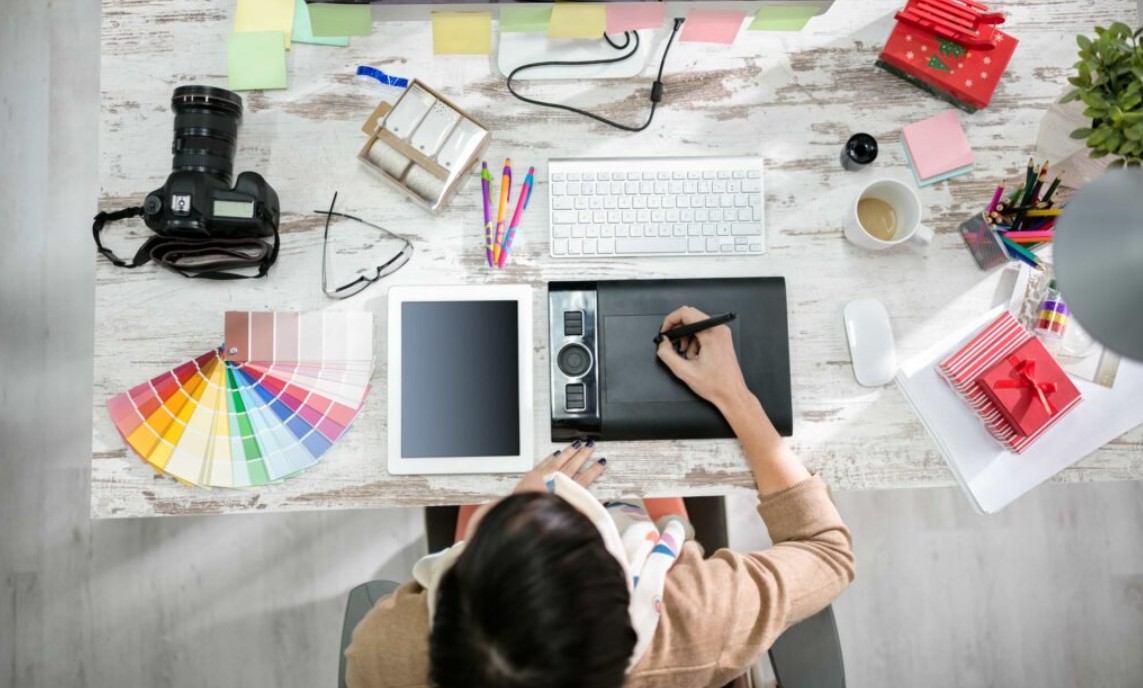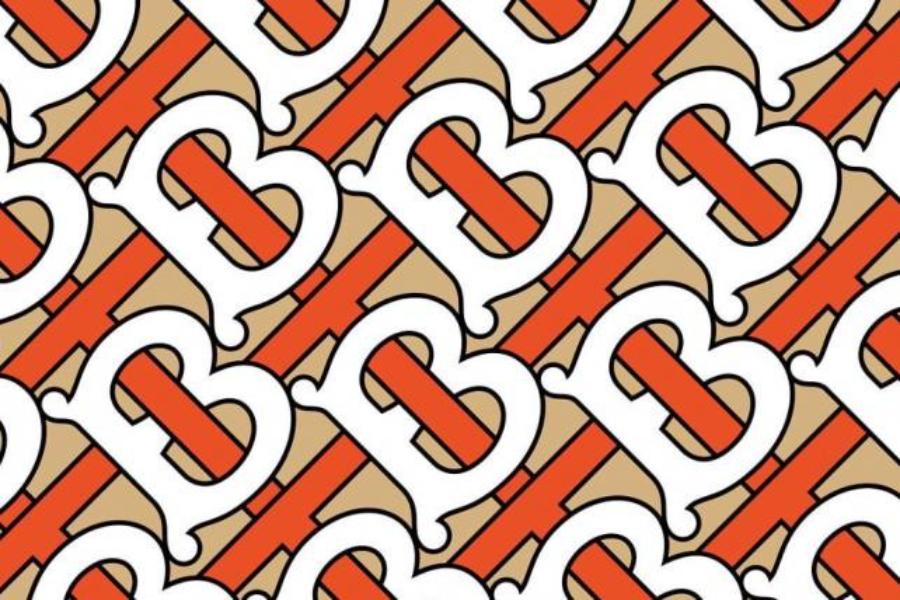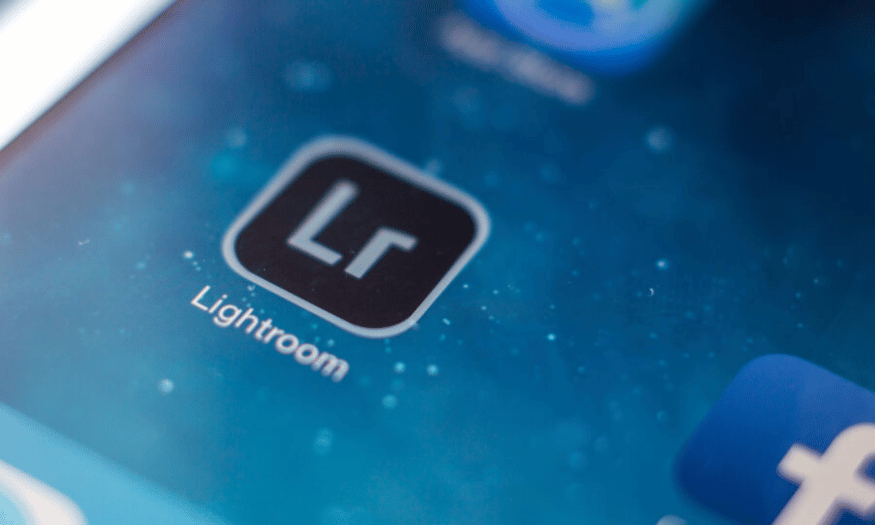Best Selling Products
The Art of Product Design: What is Product Design and the Role of the Product Designer
Nội dung
- 1. Learn a little about Product Design
- 1.1. Definition of Product Design
- 1.2. Elements of Product Design
- 2. Duties of a Product Designer
- 2.1. Research and analysis
- 2.2. Idea and concept development
- 2.3. Interface design and user experience
- 2.4. Project cooperation and implementation
- 2.5. Evaluation and optimization
- 3. The role of Product Designer in business
- 3.1. Bridge between users and products
- 3.2. Contribute to product development strategy
- 3.3. Create competitive advantage for businesses
- 4. Skills and essential elements of a Product Designer
- 4.1. User research and analysis skills
- 4.2. Creative skills and design thinking
- 4.3. Communication and cooperation skills
- 4.4. Proficient use of design tools
- 4.5. Knowledge of UX/UI and design principles
- 5. Current trends and challenges in Product Design
- 5.1. New trends in product design
- 5.2. Challenges in Product Design
The content of the article will provide a comprehensive view of how Product Design connects advanced technology and user experience. Through that, you will clearly understand the role of Product Designer in applying new technology trends, creating products that not only meet user needs but also create a distinct mark on the market.

Technology is constantly changing and developing, product design has become a strategic task for every business. It is not just a matter of creating a beautiful interface, Product Design also includes the entire user experience from interaction to feeling when using the product. This means that a well-designed product not only attracts customers at first sight but also brings satisfaction and convenience during use. In this article, we will explore Product Design in depth. Let's find out!
1. Learn a little about Product Design
1.1. Definition of Product Design
Product Design is the process of creating and developing a product from the initial idea to the finished product being launched to the market. It is not simply about creating an intuitive interface but also a thinking process to bring optimal user experience. A product designed according to Product Design will ensure aesthetics, functionality, and ease of use, thereby creating customer satisfaction.
The difference between Product Design and other forms of design such as Graphic Design or Industrial Design lies in the ultimate goal. While Graphic Design mainly focuses on visual elements, colors and layouts to convey messages, Product Design includes both user experience (UX) and user interface (UI). It is not only aimed at attracting the eye but also aims to create a product with high practical value, easy to interact with and bring business efficiency.
.png)
1.2. Elements of Product Design
A perfect product does not stop at appearance but must also fully satisfy the following factors:
User Experience Design (UX):
UX is the process of researching and designing the user journey when accessing and using a product. This includes understanding the needs, expectations, and difficulties that users may encounter. A good user experience increases customer satisfaction, retention, and differentiates a product in the market.
User Interface (UI) Design:
UI is directly related to the visual elements, layout, color and arrangement of components on the screen. The interface design not only needs to be beautiful but also easy to understand and intuitive so that users can operate easily and effectively.
Aesthetics and functionality:
A successful product needs to strike a balance between form and function. Aesthetics make a product attractive, while functionality ensures that the product meets the customer’s needs. This balance is the key to making a product not only “beautiful” but also “good” in the eyes of the user.
.png)
2. Duties of a Product Designer
A Product Designer is not only responsible for “drawing” the product interface but also participating in the entire product development process. Below are the specific tasks that a Product Designer needs to perform:
2.1. Research and analysis
Before starting to design, Product Designers need to understand the market, target users and current trends. Research includes:
Understand user needs and behavior:
Through surveys, interviews, and data analysis, Product Designers identify problems that users encounter and then come up with appropriate design solutions.
Competitor analysis:
Researching similar products on the market helps identify strengths and weaknesses and learn from them to improve your product.
.png)
2.2. Idea and concept development
Once you have gathered the information from your research, the next step is to develop your ideas and create a concept for your product. This includes:
Brainstorming and initial concept creation:
The Product Designer and the creative team will conduct brainstorming sessions to come up with unique ideas. From there, the ideas are screened, selected and developed into specific concepts.
Sketch out ideas through wireframes and storyboards:
Wireframes help map out the basic structure of the product, while storyboards illustrate the user journey through the product. This is an important step in visualizing how the product works and interacts with users.
2.3. Interface design and user experience
This is the part where the idea becomes reality, where the Product Designer moves from rough sketches to detailed design. This work includes:
.png)
Create mockups and prototypes:
Mockup is a design version that is close to the final product, while prototype is an interactive model that allows testing and collecting feedback from users. Through that, Designers can detect and fix imperfections.
Detailed interface design:
After receiving feedback, the design is finalized with clear, easy-to-understand graphic elements and layouts. The attention to detail helps create a product that is not only beautiful but also user-friendly.
2.4. Project cooperation and implementation
Product Designers do not work independently but always work closely with other departments to bring products to market successfully. Main tasks include:
Coordinate with departments:
Collaborate with development, marketing, sales and project management departments to ensure product delivery on schedule and with quality.
.png)
Monitoring the implementation process:
Once the design is delivered, the Product Designer needs to closely monitor the implementation process, test and receive feedback from customers to adjust and improve the product.
2.5. Evaluation and optimization
The product development process does not stop after launch. Continuous evaluation and optimization are essential to staying competitive in the market.
Using analytics and A/B testing tools:
Analytics tools help track user behavior and make appropriate improvements. A/B testing is a method of testing two versions of a product to find the most optimal version.
Product updates and adjustments:
Based on feedback and analytical data, Product Designer continuously updates and improves the product to bring an increasingly perfect experience to users.
.png)
3. The role of Product Designer in business
In today's competitive business environment, the role of Product Designers is more important than ever. They are not only the creators of beautiful interfaces but also the bridges between businesses and consumers.
3.1. Bridge between users and products
Product Designers understand the needs, wants, and habits of users. Through this, they are able to transform complex data into simple, understandable, and intuitive designs. This helps create a strong connection between users and products, resulting in a smooth and satisfying user experience.
3.2. Contribute to product development strategy
Not only does the product designer design, he or she also plays an important role in guiding product development strategies. They participate in the planning process, from the market research stage to providing creative solutions, helping the product not only keep up with trends but also create a competitive advantage in the market.
3.3. Create competitive advantage for businesses
A well-designed product will contribute to building a brand, creating a difference and helping businesses gain the trust of customers. Product Designers with the ability to harmoniously combine aesthetics and functionality have been helping many businesses increase product value, thereby affirming their position in the market.
.png)
4. Skills and essential elements of a Product Designer
To become a professional Product Designer, you need not only to be creative but also to possess a diverse and rich skill set. Below are the important factors and skills that help a Product Designer perfect his role:
4.1. User research and analysis skills
Data collection capabilities:
Using survey tools, interviews and user behavior analysis helps Product Designers grasp the real needs of customers.
Data analysis:
Understanding of data and analytical skills helps Designers transform information into valuable insights, thereby guiding the design process.
.png)
4.2. Creative skills and design thinking
Ability to brainstorm and sketch ideas:
Creativity and flexible thinking are key to coming up with breakthrough ideas. A Product Designer needs to know how to translate these ideas into concrete and actionable concepts.
Skills in working with prototypes:
Creating prototypes helps test and optimize designs before bringing products to market.
4.3. Communication and cooperation skills
Present ideas clearly:
The ability to communicate ideas and designs visually is essential. This not only helps stakeholders understand the design goals, but also facilitates effective collaboration.
Teamwork:
In a project, coordination between departments such as development, marketing, and project management is indispensable. A good Product Designer needs to be able to work in a team and coordinate ideas from many different sources.
.png)
4.4. Proficient use of design tools
Design software:
Tools like Sketch, Figma, Adobe XD, and InVision are great helpers in the product design process. Mastering these software helps Product Designers save time and create quality products.
Update technology trends:
Constantly learning and updating new design trends will help Product Designers stay at the forefront of creativity and innovation.
4.5. Knowledge of UX/UI and design principles
Understanding of design principles:
A basic knowledge of composition, color theory, and design principles is a must for a Product Designer.
Focus on user experience:
Always putting user experience first helps ensure that every product launched brings real value and is easy to use for customers.
.png)
5. Current trends and challenges in Product Design
In the context of technology developing at a dizzying speed, Product Design is not left out. New trends and challenges increasingly place higher demands on Product Designers.
5.1. New trends in product design
Integrating Artificial Intelligence (AI) and Machine Learning:
AI technology is increasingly integrated into the product design process, from personalizing user experiences to predicting customer behavior. This helps create intelligent products, optimize processes, and enhance experiences.
Cross-platform design (responsive, mobile-first):
With the rise of mobile device users, product design needs to be optimized to accommodate different screen sizes. A mobile-first strategy has become the standard in design today.
Personalized experience:
Users increasingly expect personalized experiences. The combination of user data and intelligent design creates flexible interfaces that respond to individual needs and usage habits.
.png)
5.2. Challenges in Product Design
Balance between aesthetics and functionality:
One of the biggest challenges is how to make a product both beautiful and highly functional. Sometimes, focusing too much on visual elements can reduce the effectiveness of the user experience, and vice versa.
Continuously update knowledge and technology:
The world of technology is constantly changing, so Product Designers need to constantly learn and stay up to date with new trends. This requires flexibility and the ability to quickly adapt to changing environments.
Quick feedback from users:
In an age where information spreads so quickly, receiving and acting on user feedback is more important than ever. This not only helps improve products but also builds brand trust and credibility.
Product Designers are not only the ones who create beautiful product interfaces but also the bridge between businesses and users. They are the ones who understand the psychology, needs and behaviors of customers, thereby building products that not only meet functional requirements but also create unique and attractive user experiences.












































